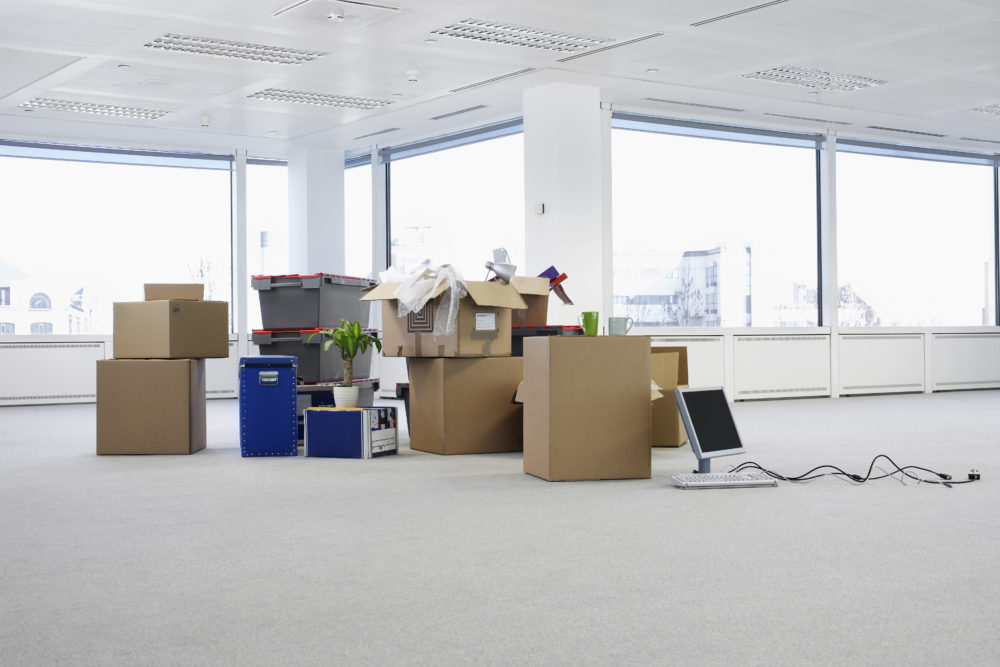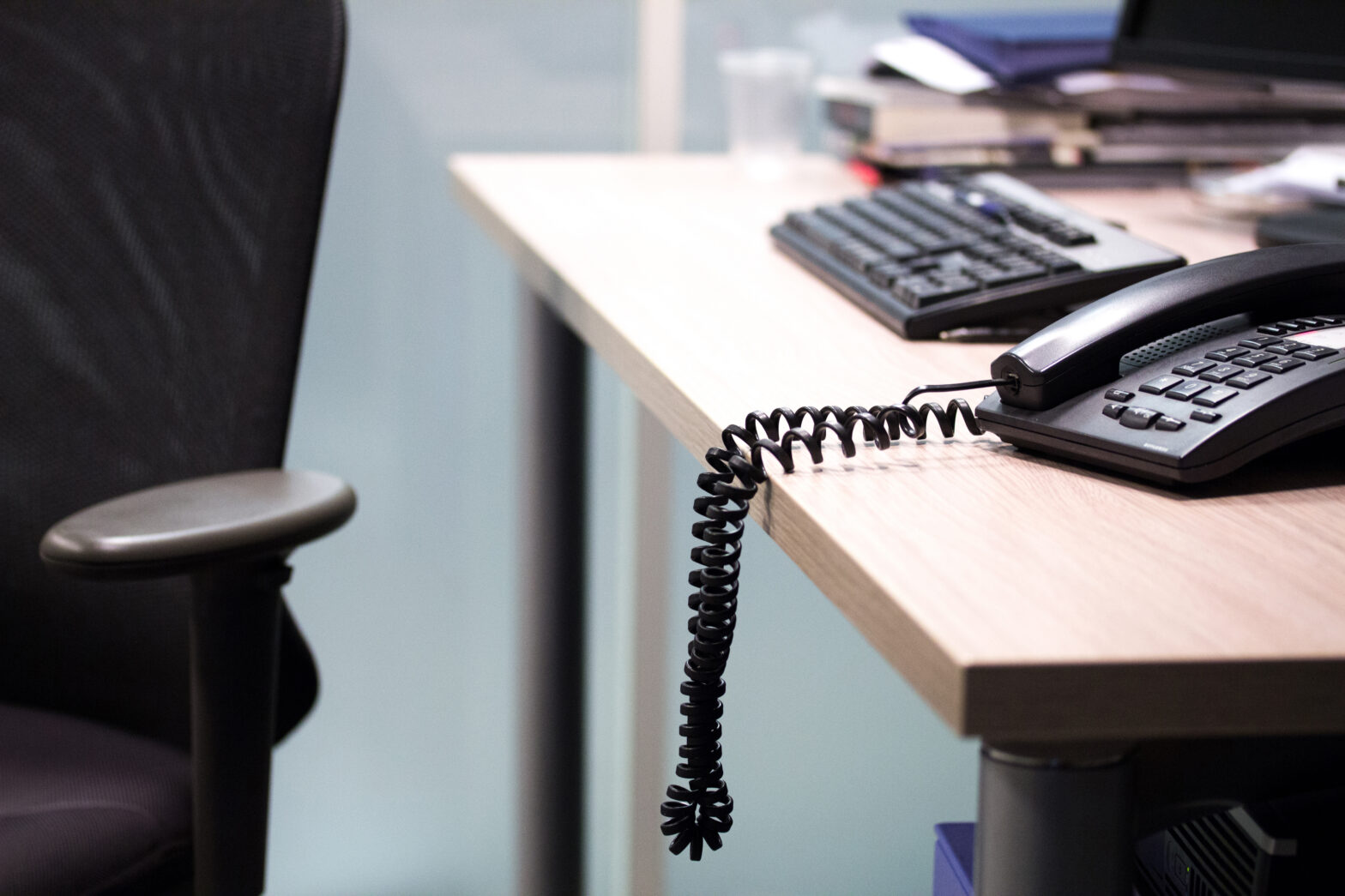If you’re in the technology business, then you know very well that innovation requires a great deal of trial and error, testing and prototyping. This is especially true if you are developing new tech products and want to make sure they function as they should. The hard truth is that innovation requires many valuable and limited resources such as time, money and people. It’s because of this fact that businesses, especially small businesses with limited resources, tend to focus more on core business activities and less on building and developing an in-house lab – that is, a specific department with its own space, equipment and staff that is devoted to testing and prototyping.
Most small businesses believe that such an investment is out of their financial reach, so they don’t even consider it a possibility. Part of the problem is that a lab and how it fits into the business plan can be difficult to quantify and justify. It’s tough to gauge the value it will provide for the business and there is always a fear it will just be a financial drain and nothing more.
Charles King, an analyst with PUND-IT, says that ‘…labs are regularly knocked because they often don’t have clearly defined links to specific business strategies or goals.’ The truth is however, as King puts it very well, that a lab is a ‘safe place’ to explore groundbreaking and often radical ideas in hopes of inspiring changes that could enhance the business.
There are many excellent examples of companies that have benefited immensely from the establishment of permanent in-house labs and expertise. One of these is Lowe’s Innovation Labs who, through the resources provided by its very own innovations lab, created a robot which operates in a San Jose Hardware store that greets customers and performs product searches and designed and developed a 3D printer that will be used on the International Space Station.
Other fine examples include cable companies that have in-house independent cable testing labs. Such labs can provide higher levels of product quality and technical expertise and can be used for accredited cable testing, designing customised cable solutions, providing quality control and assuring regulatory compliance. The innovation that these facilities provide can be indispensable.
Don’t underestimate the value of inhouse expertise. It may cost you a considerable amount to man your lab and to acquire the necessary equipment. It’s definitely an investment that is difficult to evaluate, but based on the success stories of many companies, it is an investment that will definitely pay off in the future.





